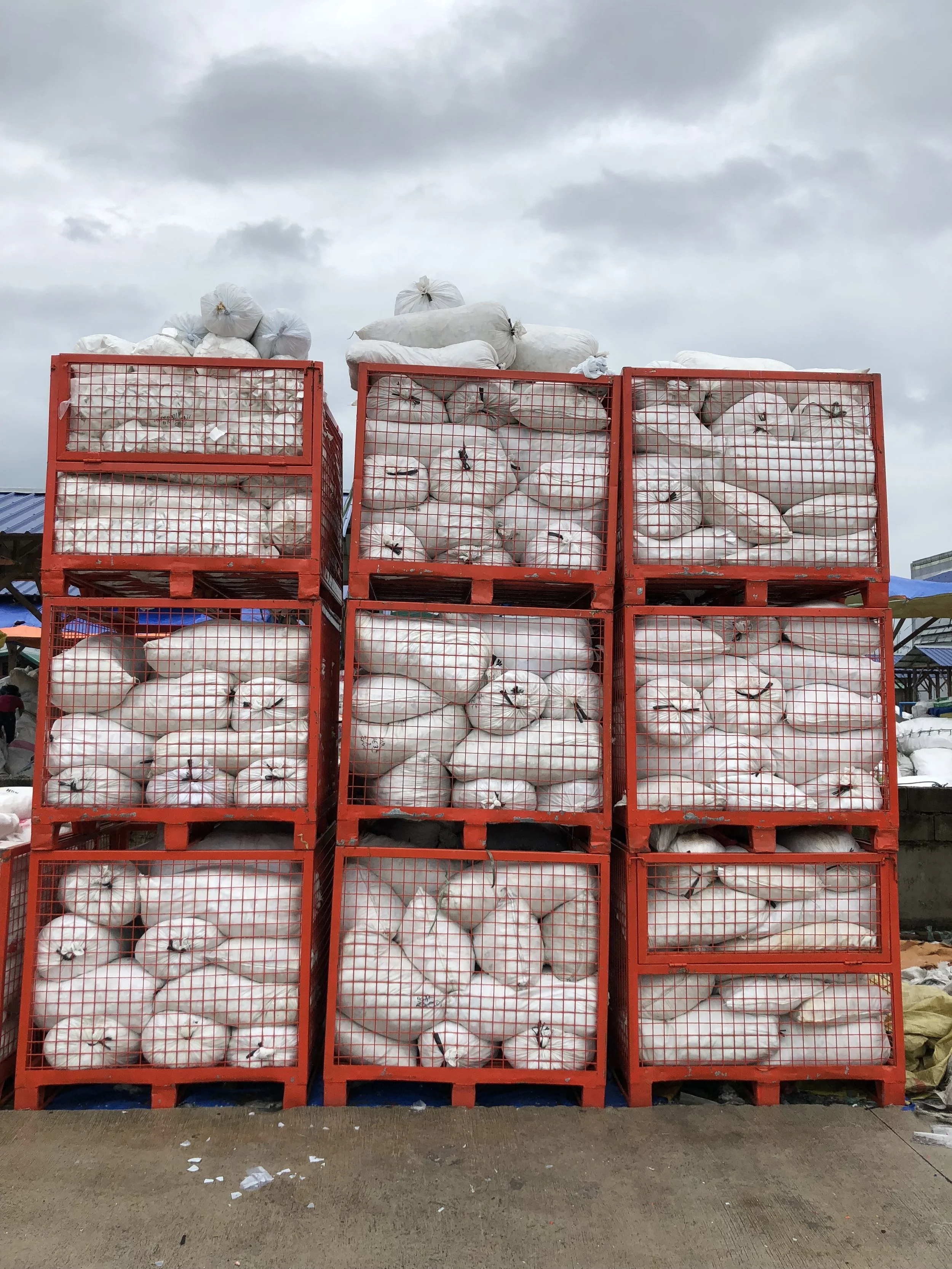TAT Recyclables and Renewables Corporation
Plastic waste is one of the most pressing environmental challenges of our time. It can take centuries to decompose, leading to significant environmental pollution. Addressing this issue requires concerted efforts in plastic waste recovery and establishing recycling facilities in strategic locations.
Recycling plastics since 1978.
Recovering plastic waste and turning it into quality recycled plastic pellets are crucial steps towards addressing the plastic pollution crisis. By implementing effective collection and sorting strategies, leveraging mechanical recycling and fostering strong partnerships, we can create a sustainable and efficient recycling infrastructure. This will not only reduce environmental pollution and promotes reuse of plastic materials but also generate economic opportunities and promote a culture of environmental responsibility in the Philippines.
Collection and Sorting
1. Community Collection Programs: Engaging local communities through awareness campaigns and incentivizing plastic waste collection can significantly enhance collection rates.
2. Public and Private Partnerships: Collaborating with local governments and private sectors to establish a network of collection points, ensuring easy access for the public to dispose of their plastic waste.
3. Sorting Facilities: Setting up dedicated sorting facilities where collected plastic waste can be segregated by type (e.g., PP, PE, etc) to ensure efficient recycling.
Mechanical Recycling
1. Shredding and Washing: Plastic waste is shredded into smaller pieces and thoroughly washed to remove contaminants.
2. Melting and Reformation: The cleaned plastic is melted and reformed into pellets, which can be used as raw material for manufacturing new plastic products.
Regulatory Compliance and Environmental Impact
1. Permits and Approvals: Obtain necessary permits and approvals from local authorities, ensuring compliance with environmental regulations and standards.
2. Environmental Impact Assessments: Conduct thorough environmental impact assessments to minimize the ecological footprint of the recycling facilities and implement measures to mitigate potential adverse effects.
Workforce Development and Community Engagement
1. Training Programs: Develop comprehensive training programs for employees, focusing on safety, operational efficiency, and environmental stewardship.
2. Community Involvement: Engage local communities through education and outreach programs, highlighting the importance of recycling and how they can contribute to the success of the facilities.
Partnership and Collaboration
1. Local Government and NGOs: Collaborate with local government units and non-governmental organizations to foster a supportive ecosystem for recycling initiatives.
2. Private Sector Engagement: Partner with businesses to secure a steady supply of plastic waste and explore opportunities for product development using recycled materials.


